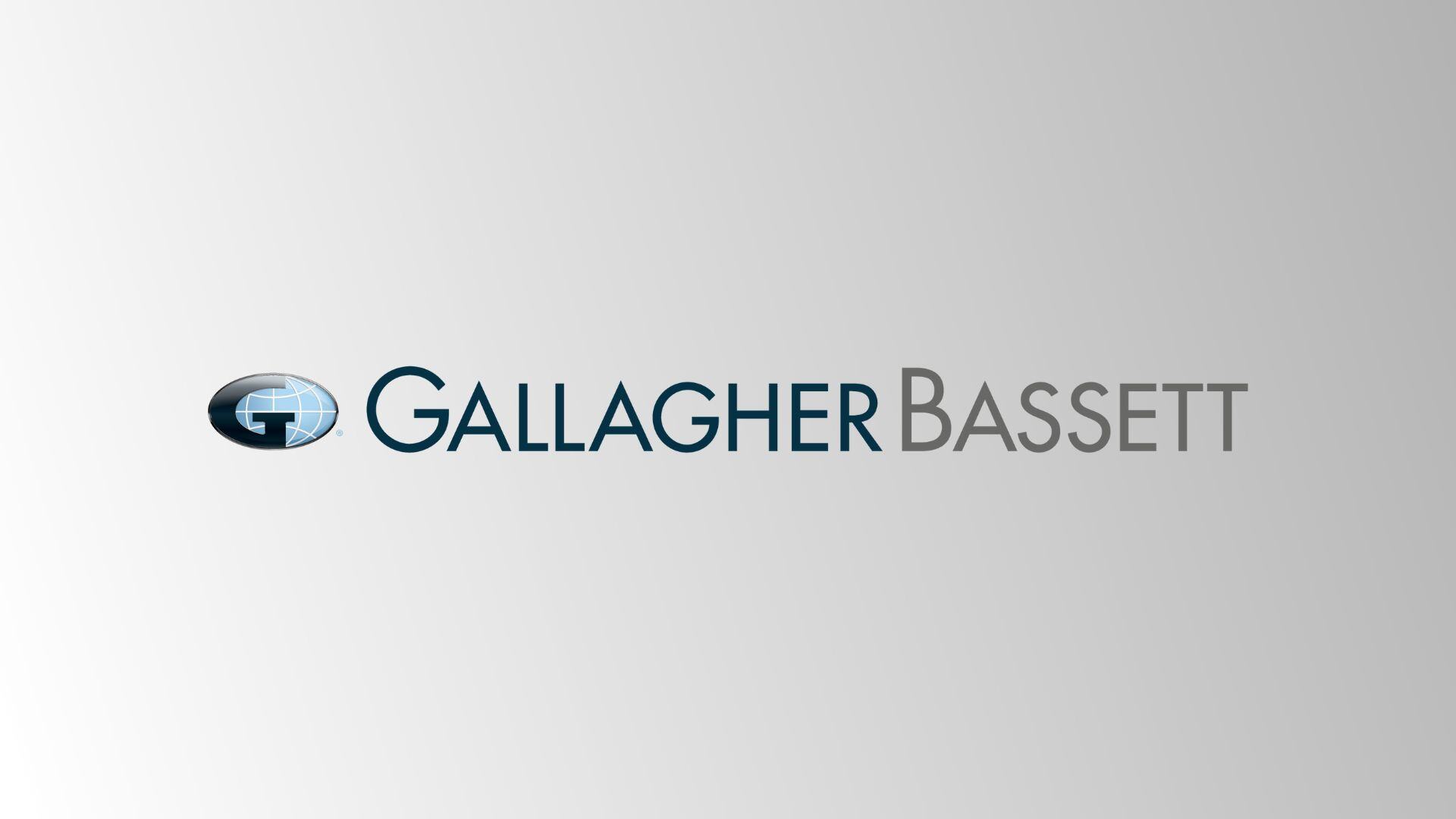What is Catastrophe Claims Management? … and is it different to Crisis Claims Management?

Key Points
- Catastrophe management refers to a catastrophic event
- Crisis management refers the administration of a major issue which poses a threat to the viability of the organisation
- GB assists clients to manage claims arising from both types of event
Within the insurance industry it is quite common to hear both terms used, and often for people to use either label to describe the same style of event. However, there is a subtle difference.
Catastrophe Claims Management relates to the administration of claims arising from a catastrophic event. The Insurance Council of Australia (ICA) defines catastrophe events as “large natural or man-made disasters that cause a significant number of insurance claims in a region”. Within Australia these events typically arise from Bushfires, Cyclones, Hail, Flood, Earthquake or Severe Storms.
In fact, the ICA officially number ‘declared’ catastrophes, for example Cyclone YASI carries the reference CAT114. They do this as many of their members, the major insurance companies, arrange reinsurance cover for such catastrophic events and it makes it easier to identify which claims fall in to the same event if they are all categorised with a common number.
ICA does not publish a definition for what it deems “significant numbeCrrs of insurance claims” and it does seem to be a little subjective. For example Cyclone YASI generated over 70,000 claims with an estimated value of $1.3Billion. In contrast the Western Australian Bushfires, of February 2011, only generated 410 claims, albeit with values totalling approx $35M, but this was also declared a catastrophic event (#CAT116).
Whilst it is undeniable that these catastrophic events do create a ‘crisis’ (one dictionary definition quotes: “time of extreme trouble or danger”) for the local community affected, the term Crisis Management is more properly used to describe the administration of a major issue facing a business which creates acute threat to that organisation. It frequently includes the risk of significant reputational, or brand, damage.
Examples of the type of events falling in to the Crisis category would include product contamination, product recall, product or service ‘fault’ affecting a large number of customers, etc. It is often irrelevant whether the organisation has insurance cover or not for the actual event; the damage that can be created to the brand, the customer confidence and even its share price, creates significant business risk in its own right. As with the Pan Pharmaceuticals event, in the most extreme cases the crisis can result in the collapse of the company.
At least one insurer has recognised that, when faced with these crisis events, companies incur significant increased costs. Putting aside the actual payment of claims made by customers for the fault or damage caused, in managing these style of events organisations spend a lot of time and money handling the issue itself. This can often involve dedicated call centre response, advertising, media relations and legal consultation. Therefore it is possible to purchase cover for the ‘increased costs of working’ associated with managing an event.
Gallagher Bassett provides claims management services under both Catastrophe and Crisis. Typically catastrophe management is provided to Insurers and Governments (for example we provided services to insurers for claims arising from Cyclone YASI and to the New Zealand Earthquake Commission for their response to the Christchurch earthquakes) and crisis management is provided direct to the company affected. Whereas catastrophe management requires the rapid ramp up and deployment of staff to handle the administration of large volumes of claims, crisis management has additional components above the actual handling of the claims from the event. These include:
- monitoring insurer performance and compliance with the Workers’ Compensation and Rehabilitation Act 2003 (the Act)
- assessing the commercial impact of the crisis, including financial quantification
- identification and assessment of all strategic options available
- consideration of practical solutions in consultation with legal representatives and insutry specialists which complement ongoing business operations
- design and implementation of innovative financial solutions including compensation packages
- developing comprehensive communication strategies liaising with media, clients and stakeholders
- management of information technology requirements including client database management, treasury interface and executive reporting
- approving amounts payable under an industrial instruments
- monitoring employer rehabilitation compliance and providing advice
- collecting fees and administering grants.
If you are interested in finding out more please contact us. We will be happy to discuss you particular needs or to provide examples of case studies.
Author

